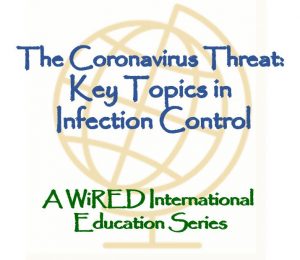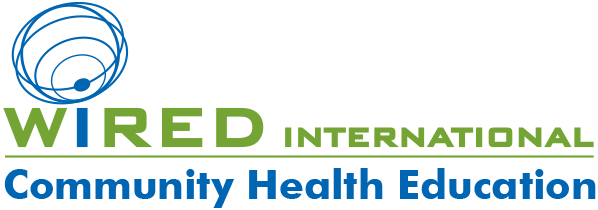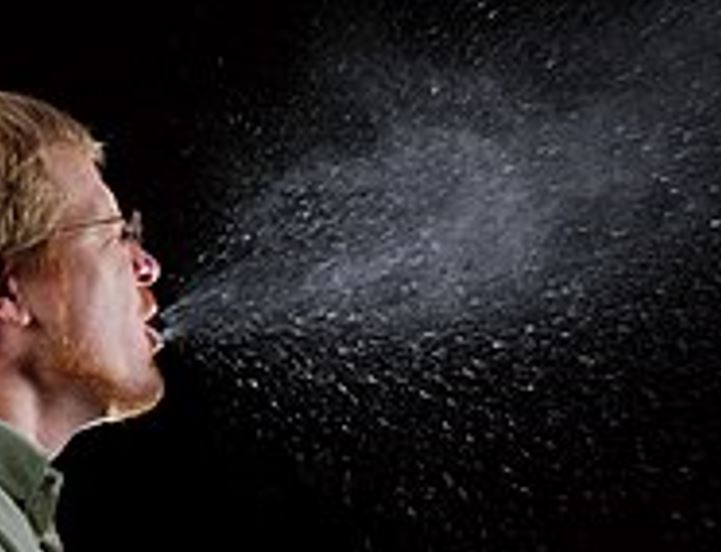COVID-19 and Airborne Transmission
What Do We Know?
By: Allison Kozicharow; Edited by Jessie Crowdy
As much as we continue to learn about COVID-19, there is much we still don’t know.
Government guidance can be inaccurate, indecisive and even political, while the epidemiologists, scientists and world health agencies continue their research to nail down the transmission risks and prevention measures.
The latest questions about COVID-19 center on airborne transmission. The primary cause of COVID-19 transmission remains close person-to-person contact through respiratory droplets produced when an infected person coughs, sneezes or talks. However, airborne transmission has suddenly entered the stage as a secondary transmission player.
Airborne transmission begins when the virus is released through droplets or particles called aerosols into the air. The debate centers on whether aerosols can linger in the air hours after an infected person has left an area, likened by one scientist to the hazards and behavior of secondary tobacco smoke.
 Up until now, the World Health Organization (WHO) has paid little attention to the risks of airborne transmission. Consequently, 239 scientists from all over the world sent WHO an open letter on July 6 entitled “It is Time to Address Airborne Transmission of COVID-19.”
Up until now, the World Health Organization (WHO) has paid little attention to the risks of airborne transmission. Consequently, 239 scientists from all over the world sent WHO an open letter on July 6 entitled “It is Time to Address Airborne Transmission of COVID-19.”
The letter asked WHO to reexamine their original position that the danger of aerosol transmission of the virus is relatively low in public settings, especially in very specific conditions such as crowded, closed, poorly ventilated areas. WHO responded by acknowledging that airborne transmission should be explored.
The implications of airborne transmission suggest that if the coronavirus can survive in the air for extended periods of time, then proper administrative, clinical and physical measures need to be put in place. The challenge to frontline workers — including medical professionals, community health workers, store and factory employees and teachers — to keep themselves and the people they serve safe will be daunting indeed, and at who knows what financial cost.
It is hard to know how best to protect ourselves from COVID-19 infection, especially during a time of mixed messages. Added to this we are faced with a lack of clear guidance from governments together with debates among scientists racing to unlock the secrets of COVID-19 and discover a viable vaccine. In the meantime, the best defense is for us all to wear masks, practice social distancing, stay at home as much as possible and maintain good hygiene by washing hands often and properly.
WiRED International’s COVID Package Part of Community Health Worker Project
Students in the Tamil Nadu region of India, led by senior nursing instructors from the area, are in their third week of online training to become Community Health Workers (CHWs), and expect to complete the accredited course by the end of July. This comprehensive course, for communities around the world, trains people to serve local populations where doctors are in short supply. The course is usually taught face-to-face; during this coronavirus pandemic, WiRED has moved the training online and expanded the program to reflect the pandemic-heightened demand for CHWs.
 In addition to an expanded section on community infectious disease control, WiRED’s multi-part, COVID series — The Coronavirus Threat: Key Topics in Infection Control — is an important element in the overall CHW curriculum. The COVID package examines coronavirus, explains how the immune system works, presents guidance on coping with stress during the outbreak, and explores related respiratory topics such as pneumonia and influenza.
In addition to an expanded section on community infectious disease control, WiRED’s multi-part, COVID series — The Coronavirus Threat: Key Topics in Infection Control — is an important element in the overall CHW curriculum. The COVID package examines coronavirus, explains how the immune system works, presents guidance on coping with stress during the outbreak, and explores related respiratory topics such as pneumonia and influenza.
WiRED is collaborating with nongovernmental organizations, universities and official agencies who are seeking an accredited education program to prepare a corps of CHWs to assist medical communities during and after this pandemic.


